32-GBd per Channel Coherent WDM Systems: Comparison between PM-QPSK and PM-16QAM
Tool Used: OptSim
This application note is a case study of two high-speed coherent WDM systems. A comparison is made between PM-QPSK and PM-16QAM, two of the most popular choices for the modulation formats in coherent fiber optic systems, at a baud rate of 32GBps per channel. Each WDM system has a channel count of five (can be scaled to a desired channel count) and the wavelengths are on a 50GHz grid. The OptSim project layouts are shown in Fig. 1.
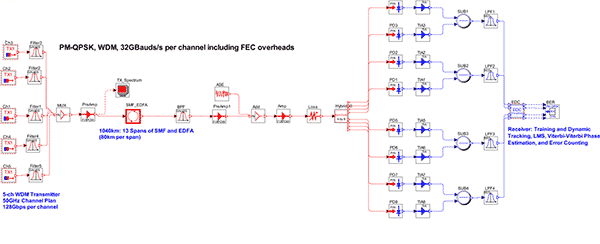
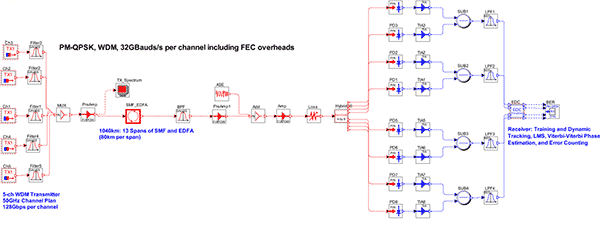
Figure 1. OptSim layouts of the 32-GBd per channel, WDM, PM-QPSK (top) and PM-16QAM (bottom) systems
The transmission link comprises of 13 spans of standard single mode fiber (80-km per span) and EDFAs. The per channel baud rate of 32-GBd results in a per channel bitrate of 128G in case of PM-QPSK (640Gbps total) and 256G in case of PM-QAM (1.28Tbps total) including FEC overheads.
In order to get a reliable counting of errors, a total of 300,000 bits are transmitted with 20 samples per bit (making a total of 6 million samples per data-stream!). The impairments are studied for the center channel and performance is observed and compared in terms of BER vs. OSNR for a given transmission power.
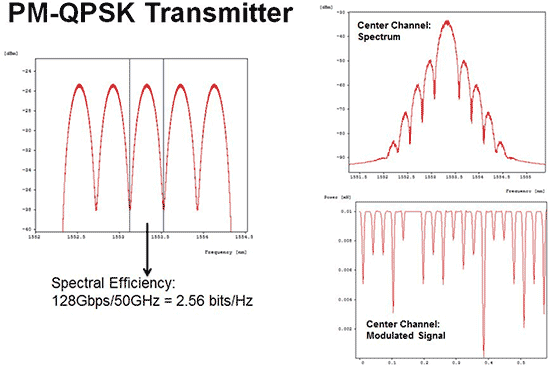
Figure 2. Waveforms at PM-QPSK Transmitter
Figures 2 and 3 show waveforms at PM-QPSK transmitter and back-to-back received signal respectively.
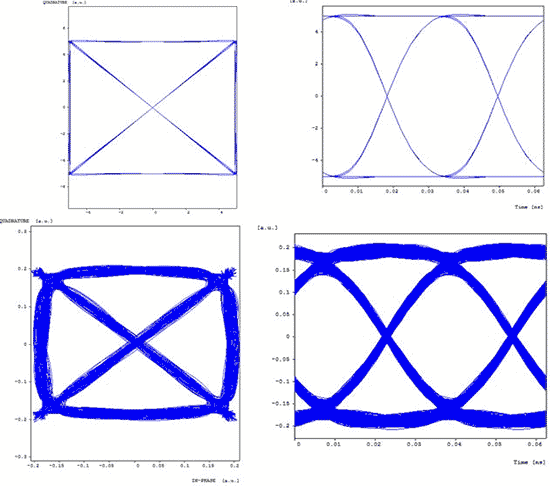
Figure 3. Encoded (top) and back-to-back (bottom) data for one of the channels and one of the polarizations for PM-QPSK
Figure 4 shows correlation diagram on BER vs. OSNR for different values of transmitted power for the PM-QPSK system.

Figure 4. BER vs. OSNR for different values of transmitted power for the PM-QPSK case
As we can see, the required OSNR for pre-FEC BER of 10-3 in case of PM-QPSK is around 14dB. Figures 5 and 6 show waveforms at PM-16QAM transmitter.
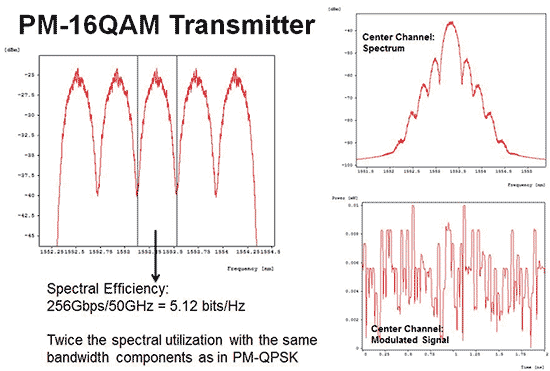
Figure 5. Waveforms at PM-16QAM Transmitter
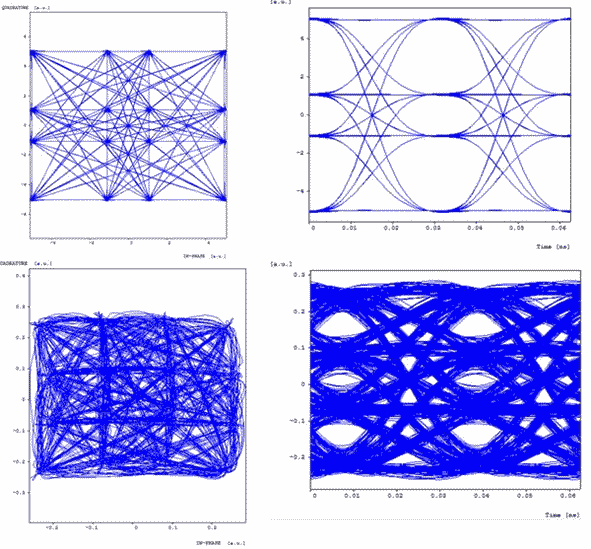
Figure 6. Encoded (top) and back-to-back (bottom) data for one of the channels and one of the polarizations for PM-16QAM
Figure 7 shows BER vs. OSNR plot for different values of transmitted power for the PM-16QAM system.

Figure 7 shows BER vs. OSNR plot for different values of transmitted power for the PM-16QAM system.
As we can see, the required OSNR for pre-FEC BER of 10-3 in case of PM-16QAM is around 22dB at -5dBm transmitted power for the 5-channel WDM system modeled here.
Figure 8 compares receiver sensitivities for the PM-QPSK and PM-16QAM cases at 32-GBd per channel when transmitter power is -3dBm.

Figure 8. Comparison of receiver sensitivities for the PM-QPSK and PM-16QAM cases (Transmitter power: -
For the same baud rate, PM-16QAM offers double spectral efficiency compared to the PM-QPSK, however, the increased efficiency comes at the expense of higher required OSNR at a given BER. Also, a comparison of figures 4 and 7 shows that stronger nonlinearities due to higher transmission power affect more adversely to the PM-16QAM compared to PM-QPSK.



